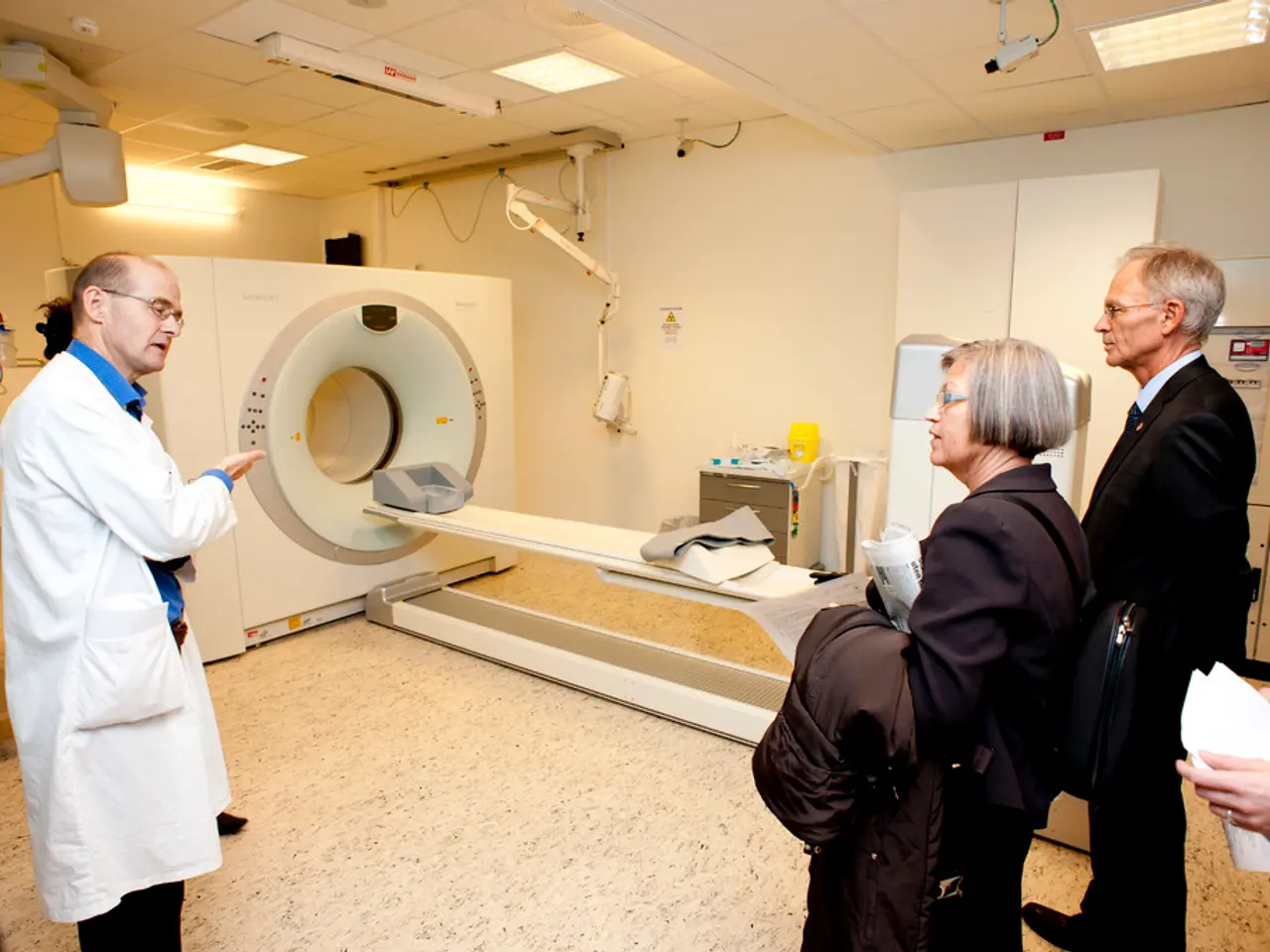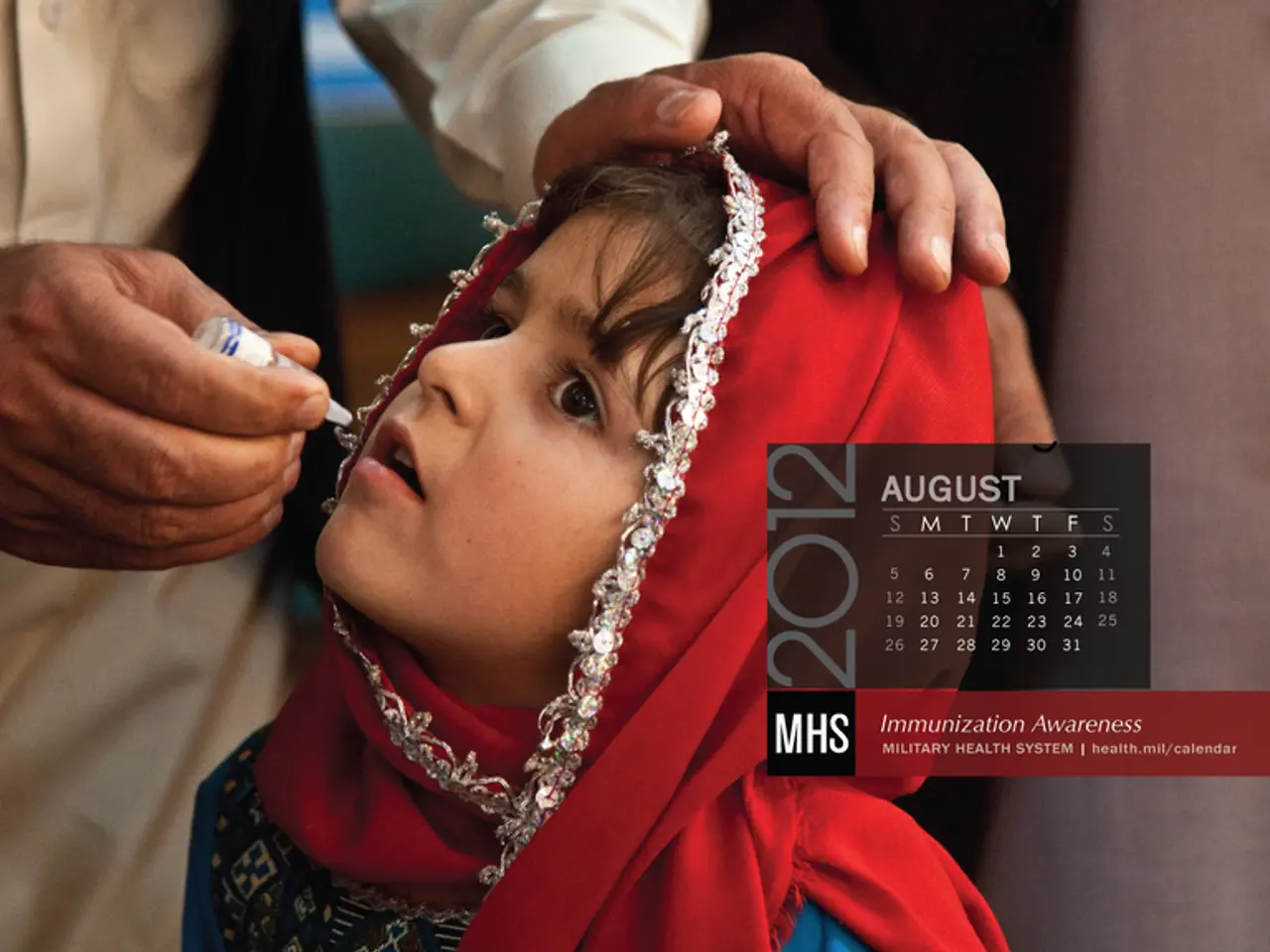Shorter MRI scans performed during night hours, cutting down on patient waiting times.
Notre-Dame Hospital, located in [location], has implemented a night-time MRI program to address growing patient demands and reduce waiting lists. This initiative, which has been ongoing for nearly five years, has proven successful in improving diagnostic turnaround time and patient flow.
The hospital performs approximately 3,800 nighttime MRIs each year, between 11 pm and 7 am, Monday to Friday, and one weekend in two. This program has helped reduce the hospital's waiting list by about 105 patients per week.
The average wait time for a night-time MRI at Notre-Dame Hospital is one to two weeks, significantly shorter than the four to six months for daytime and evening MRI appointments. This extended operational hours approach has optimised the use of MRI machines and aided in improving patient throughput.
Dr. Grégoire Bernèche, the president of the Quebec Radiologists' Association, praised Notre-Dame's initiative, recognising its potential to reduce waiting lists in hospitals facing high demand. However, he emphasised that night-time MRI programs are not yet universally common but are increasingly considered in such situations.
One such individual who benefited from the night-time MRI program is Djazia Guitoun, a 27-year-old woman, who underwent an MRI scan at the hospital at midnight. Djazia had been experiencing ear problems and hearing noises similar to tinnitus since October. Due to the long waiting list for daytime appointments, she was able to secure a night-time appointment at the end of June.
Notre-Dame Hospital is also investing in technology to further improve its MRI services. The hospital aims to implement an AI system that would improve image quality and reduce exam times by 30 to 40 percent. The cost of this initiative is estimated to be about $243,000.
In addition to the MRI program, Notre-Dame Hospital has implemented an artificial intelligence (AI) tool that processes MRI requests sent by fax, saving six hours a day for administrative agents to make appointments.
Patients at Notre-Dame Hospital have generally expressed satisfaction with their night-time MRI experience. Patrick Bélanger, a 56-year-old man, had a night-time MRI appointment two days after it was scheduled due to back pain. He found the experience pleasant, noting less traffic and fewer people inside the hospital.
However, the hospital does face challenges in managing the night-time program. For instance, patients may get lost at night, requiring staff to find them. In the absence of volunteers, a security agent is sometimes tasked with directing lost patients to the MRI room.
As of July 2, 5,513 people were waiting for an MRI at Notre-Dame Hospital. Night-time MRIs should be used as a "valve" when waiting lists grow long, not necessarily as a permanent solution, according to Dr. Grégoire Bernèche.
In conclusion, Notre-Dame Hospital's night-time MRI program is a significant step towards improving diagnostic imaging services and reducing waiting lists. While night-time MRI programs are not yet universally common, they are increasingly being considered in hospitals facing high demand and long waiting lists.
The night-time MRI program at Notre-Dame Hospital has expanded into other areas of healthcare, with the hospital also investing in technology to improve MRI services using artificial intelligence (AI).
The implementation of AI is aimed at enhancing image quality and reducing exam times by 30 to 40 percent, demonstrating Notre-Dame's commitment to incorporating advanced science and technology into health-and-wellness initiatives, particularly in the arts of diagnostics and medical-conditions treatment.



